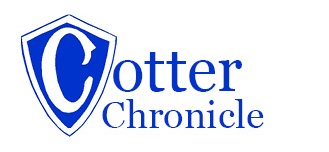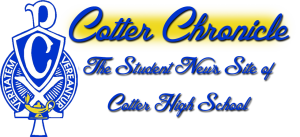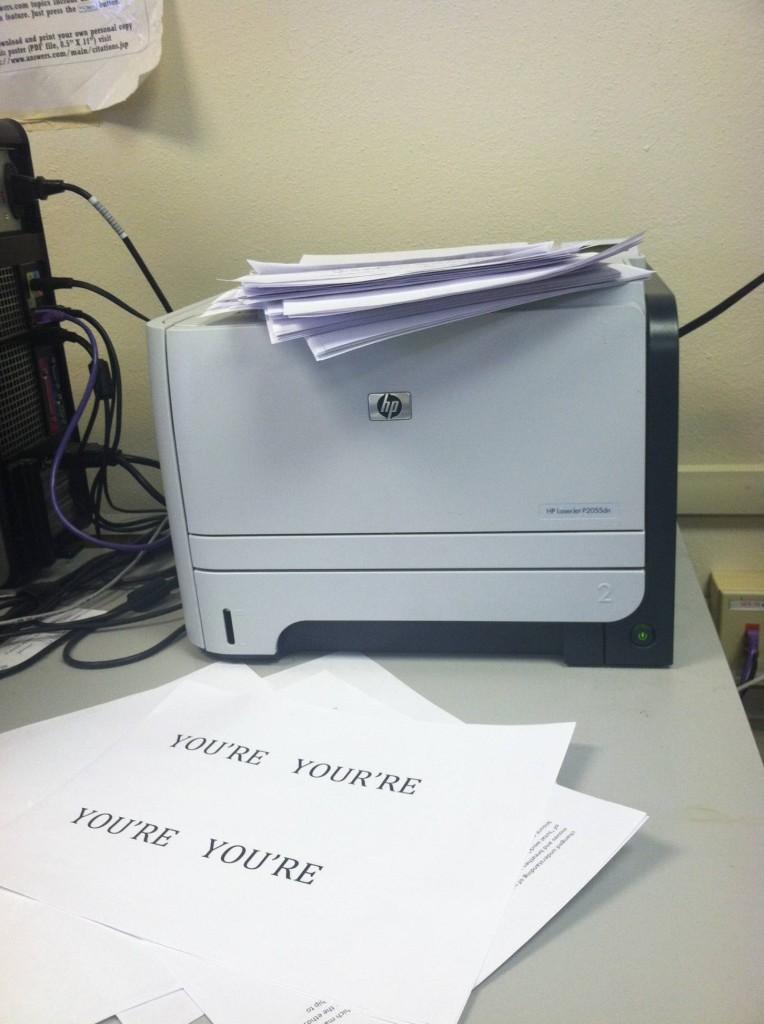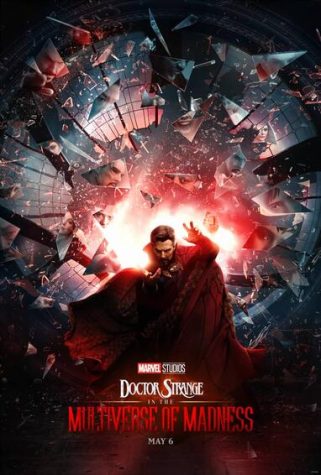The Case for a Paperless Cotter
Cotter needs to reduce paper usage by implementing an iPad program.
One teacher can use up to a few thousand sheets of paper a month, adding to the ever growing waste produced by schools. To cut back on these unnecessary commodities, schools should consider an iPad program that provides students with these devices for educational use.
Paper documents and hand-written notes belong in the past. The future is technology based and that cannot be denied. Almost every student has internet access at home; if not, Cotter Schools provides students with access to multiple computer labs. Students would be able to check an iPad out at the beginning of the school year, and return in the spring, as is the case at WACS now.
The common excuses heard by teachers on a daily basis are, “I forgot my book/homework/folder at home so I don’t have it,” “I forgot to print it off,” or even the classic “My dog ate it.” These would become invalid excuses, since students would have every book, note page, worksheet, or project available at their fingertips.
The school could offer insurance options that parents are able to choose to help offset costs if the iPads their children use are lost, stolen, or damaged. Books, on the other hand, wouldn’t get lost, stolen, or damaged- resulting in a mandatory payment to Cotter for replacement. Every student would receive their own electronic copy of texts, cheaper than a hardcover physical version, and updates could be purchased with ease and installed on every device in under an hour.
Checked out iPads would already be loaded with the school’s basic applications- Google Drive, dropboxes, note taking apps, organization apps- and ultimately require an administrative password for any downloads. Currently, Cotter has a internet filtering system that blocks students from using Facebook, shopping, and using inappropriate sites. This filtering system would prevent students from distraction during class periods.
Backpacks can have an average weight of 30+ pounds per night (New York Times), but an iPad air weighs only 1 pound. The vast difference in weight would lower student’s risk of future back problems in our community. One book alone can weigh about 3 ½ pounds on average; imagine having to lug around 3 a night with all the rest of your supplies!
Colleges, primary, and secondary schools are already tackling this issue around the country. Winona State University has already implemented an notebook program that allows students to use the devices in the classroom. Many major businesses, including St. Mary’s Press, have begun to tackle growing paper product waste and transform their inventory to more electronic based products. The change saves money, time, and trees.
“There is no doubt that ebooks are the future of educational publishing and use by students. The number of e-textbooks we sold this year tripled from last year. It won’t be long before education publishers don’t even offer print editions of textbooks any more. The challenge will be to make sure that e-textbooks provide the students a great educational experience” says John Vitek, the president and CEO of Saint Mary’s Press.
Overall, the only logical answer of evolution for the high school experience is the use of iPads in the classroom to complete work, type notes, and turn in projects. Cotter should get ahead of this transformational change in education. And unless you have a digital dog, they cannot byte your homework apart.







